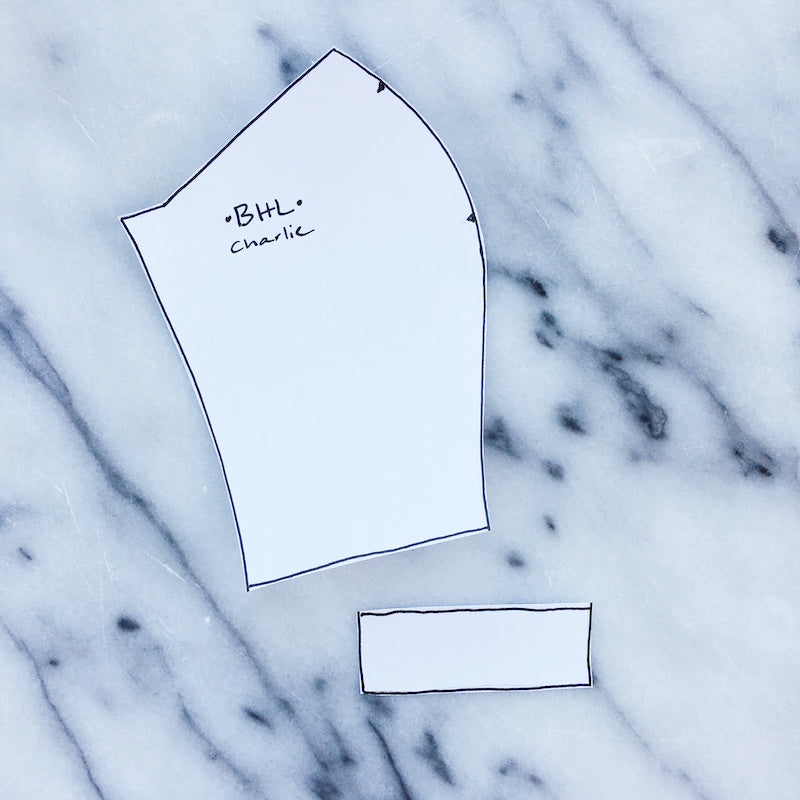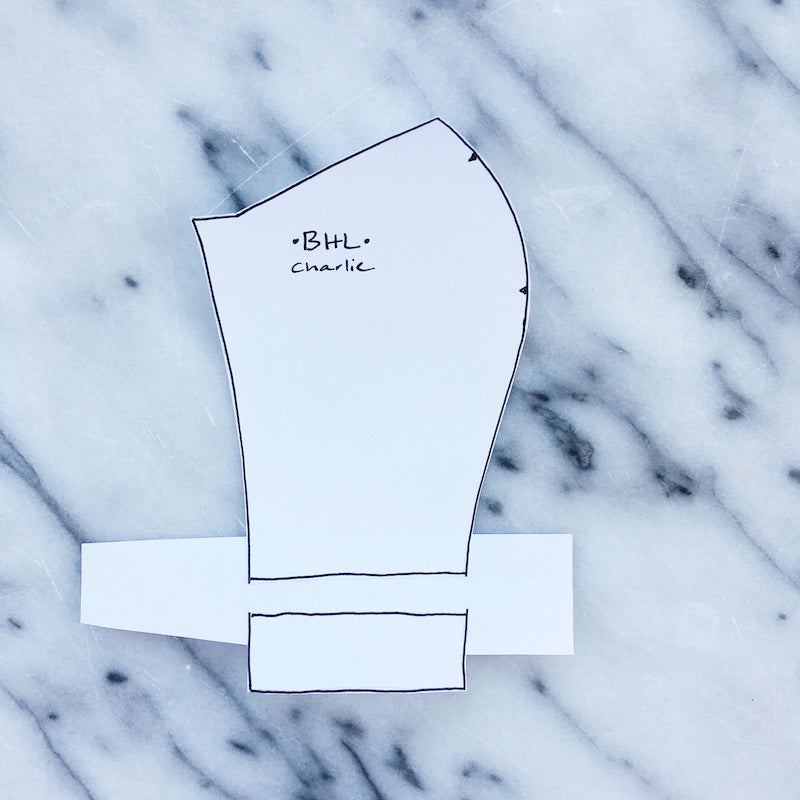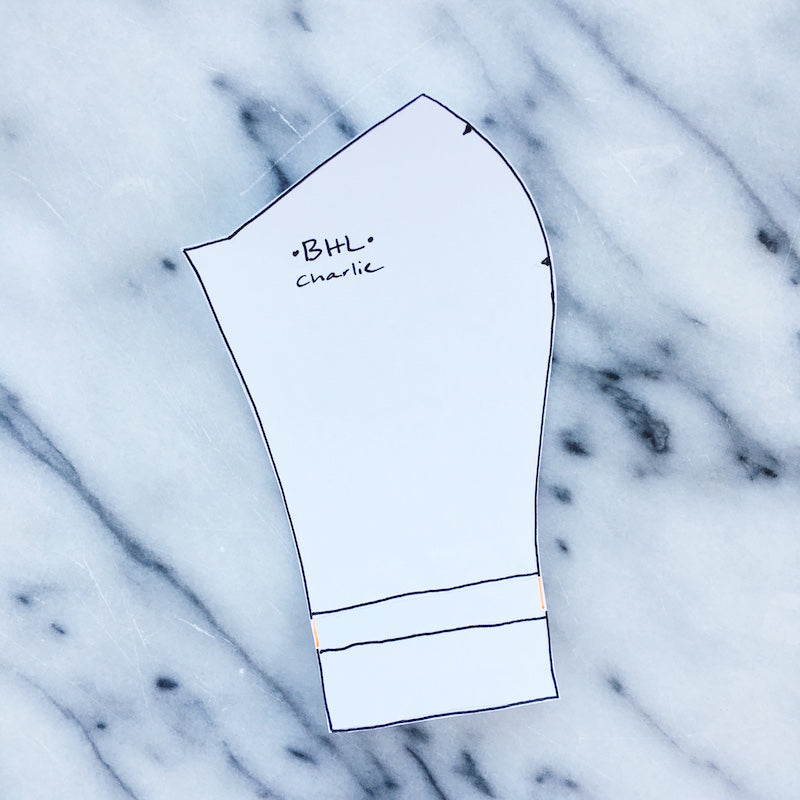
Aloha Sewists, and welcome to the Alterations Week for the Charlie Dress Sewalong! Throughout these posts we will be going through as many pattern alteration tutorials as we can physically crush in, relevant to the Charlie Dress. But it doesn't end there - the extra great news is that a lot of these tutorials will be applicable not only to the Charlie, but to a huge amount of other patterns too as we tackle most of the common issues surrounding pattern fitting.
Today, we'll be showing you how to:
- Lengthen & shorten your bodice for long or short torsos
And you will need:
- Your Charlie Dress pattern
- A tape measure
- Some extra pattern paper - we like dot & cross or baking paper
- Pens, a pencil and a ruler
- Tape - masking tape is good as it is easily removable if you make a mistake
- Paper scissors
Before you begin, have you read our posts on how to take accurate body measurements, and how to download, print & assemble a PDF sewing pattern?
*Click here to be taken to all the posts in the Charlie Dress Sewalong*
Lengthening & shortening
This is a very common and very simple alteration to make - and it can be applied to almost anything. Just as we come in a multitude of heights and weights, each section of our bodies vary massively in proportion. For example, Katy and Michelle (totally made up people, for demonstrative purposes only!) are exactly the same height and dress size, but Katy finds that shop bought jeans are always too long, whereas Michelle finds the same pair of jeans just right. What's going on here? Even though at first glance these girls appear to be very similar - they weigh the same, they buy the same size on the high street, and they're both 5'6" - their proportions are actually significantly different which will have a noticeable effect on the way clothes fit. Michelle, as far as commercial sizing ideals go, is perfectly in "proportion". Katy, however, has a long torso and short legs for her "size", and this is why jeans come up too long, and most likely tops are never really long enough. Katy will need to lengthen the bodice of her Charlie Dress in order to get the fit spot on.
Diagnosis - This can be a very subjective alteration as it very much depends on where you like your waistlines to fall. Unlike some of the more complex alterations such as full bust adjustments that can be diagnosed on body measurements alone, this one will need to be spotted on a toile/muslin. Once you've tried on your toile make a note of how much you'd need to add or take away from the bodice in order to make it sit right for you. This is the amount you'll be lengthening or shortening your bodice by.
Step 1
Take all four of your bodice pieces - centre front, side front, side back and centre back - they will all need to be altered in exactly the same way so as not to end up with some pieces longer than the others!
Cut along the "lengthen/shorten here" line.
If you need to lengthen the bodice, slip a little piece of scrap paper underneath your pattern and tape the top portion of the bodice down. Move the bottom portion of the bodice down by however much you need to lengthen the bodice by, making sure that you keep it even all the way along. When you're happy with the added length, tape it all down, draw in the gaps at the side seams and trim away the excess scrap paper.
Remember to apply this process to all bodice pieces, lengthening them all by the same amount!
If you need to shorten the bodice, just move the bottom portion of the bodice up into the top portion by however much you need to shorten the bodice by, and tape the overlap into place. Again, remember to apply this equally to all bodice pattern pieces.
And it's as simple as that! This technique can be applied to pretty much all bodices, and indeed to many skirt patterns or trouser legs. You could even apply this technique to lengthen or shorten the Kim wrap skirt.
Tip from the top: Always check your adjustment by making another toile to check the fit. Once you're happy with your newly adjusted pattern, copy it out onto some card for extra safe keeping! Although this is a straightforward adjustment to make, no one wants to have to do it twice...







Comments on this post (0)